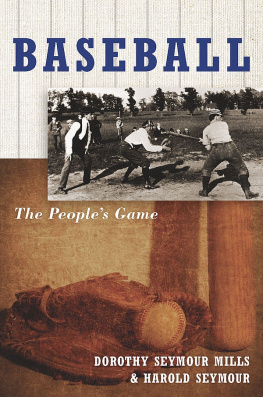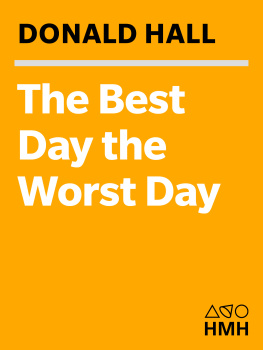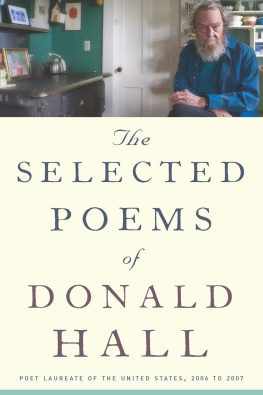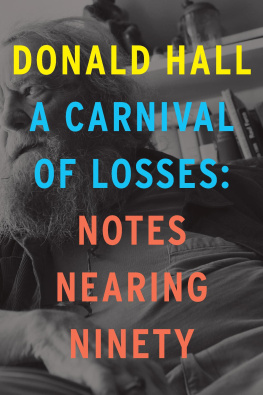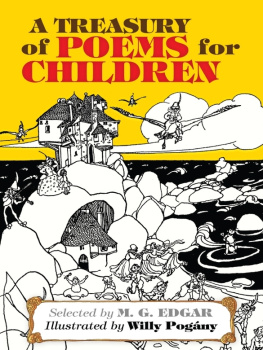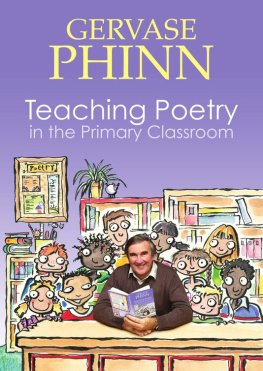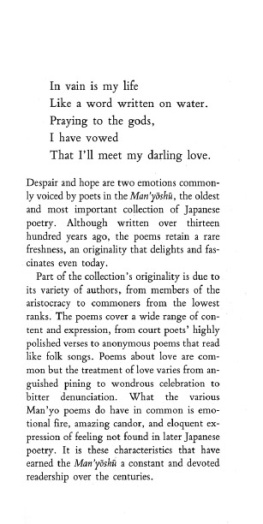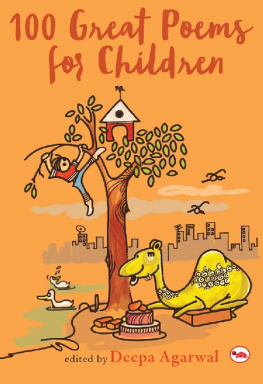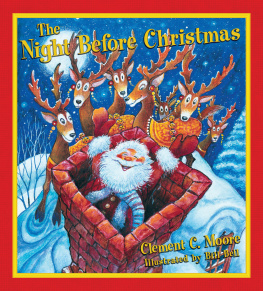BASEBALL:
THE PEOPLES GAME
BASEBALL:
Vol. I THE EARLY YEARS
Vol. IITHE GOLDEN AGE
Vol. III THE PEOPLES GAME
Vol. IV in preparation
BASEBALL
THE PEOPLES GAME HAROLD SEYMOUR, Ph.D.
OXFORD UNIVERSITY PRESS
New York Oxford
Oxford University Press
Oxford New York Toronto
Delhi Bombay Calcutta Madras Karachi
Petaling Jaya Singapore Hong Kong Tokyo
Nairobi Dar es Salaam Cape Town
Melbourne Auckland
and associated companies in
Berlin Ibadan
Copyright 1990 by Harold Seymour
First published in 1990 by Oxford University Press, Inc.,
200 Madison Avenue, New York, New York 10016
First issued as an Oxford University Press paperback, 1991
Oxford is a registered trademark of Oxford University Press
All rights reserved. No part of this publication may be reproduced,
stored in a retrieval system, or transmitted, in any form or by any means,
electronic, mechanical, photocopying, recording, or otherwise,
without the prior permission of Oxford University Press.
Library of Congress Cataloging-in-Publication Data
(Revised for volume 3)
Seymour, Harold, 1910
Baseball.
Contents: [1] The early years.
[2] The golden age. [3] The peoples game.
1. BaseballHistory. I. Title.
CV863.A1S48 1960
796-357 09 60-5799
ISBN 0-19-503890-8
ISBN-0-19-506907-2 (PBK)
ebook ISBN 978-0-19-987926-7
2 4 6 8 10 9 7 5 3 1
Printed in the United States of America
PREFACE
This book of baseball history is unique. It is the first one devoted entirely to those players and teams who played baseball outside so-called Organized Baseballthat is, the professional major and minor leaguesup to World War II. For baseball may be likened to a large house containing many rooms occupied by a wide variety of baseball tenantscollege players, members of the armed forces, industrial players, semipros, blacks, women, Indians, town team players, and softballers. Five chapters are devoted to blacks before segregation compelled them to form their own professional leagues. The story of women has also required an equal number of chapters. Organized Baseball is mentioned only incidentally, when necessitated by the account of those outside it. Other writers on baseball have almost completely ignored these tenants of the house of baseball. Baseball: The Peoples Game fills the void created by this long-time omission.
While Organized Baseball depends on all these tenants of the house of baseball for the source of its strength and appeal, the various tenants do not require Organized Baseball for their existence. For the professionals of O.B. are like the Schlag, the whipped cream, on a piece of Sachertorte, the famous Viennese cake of several layers, which can be relished mit oder ohne with or without the Schlag. So can baseball be enjoyed without the professionals, as it was played throughout America regardless of geographic locationon the sandlots, cow pastures, playgrounds, and parks, or in connection with various institutions like schools, colleges, prisons and reformatories, industries, churches, town organizations, and other sponsors, who promoted the game, confident of the benefits it conferred on their institutions as well as to the players involved. The book reveals that women, Indians, blacks, convicts, and even the handicapped played baseball earlier or more extensively than heretofore recorded.
In the last analysis the foundation of baseballs house with its heterogeneous occupants ultimately draws its strength and vitality from a foundation of boys teams, for only in boyhood and youth can skill in playing the game and, more important, love of it, be developed. This affinity of youth for baseball carried over into manhood, as boys continued to be players or spectators, or both, and in the doing created the many types of teams revealed in this book and the countless spectators eager to attend their games. It is this layered structure of amateur and semipro play below the top story of baseballs house that made baseball for more than a century truly the national game.
It is difficult today to appreciate the omnipresence of baseball in the past its countless teams, multitudes of spectators, and even its spread both in war and peace to some foreign shores. The material in this book, lengthy though it is, could have encompassed several volumes. Yet this volume is the first to present a comprehensive account of baseball outside of Organized Baseball. Few scholars have ventured to give any attention to this need. Many topics included herewith warrant separate monographs.
I trust readers of this volume will feel rewarded for their long wait for what they expected would be a chronological continuation of my first two volumes. Actually, I had started volume three with that intention, but it occured to me that the game outside Organized Baseball had been scanted, so I then decided to discountinue work on Organized Baseball and prepare this book instead. When I suggested this different approach to Sheldon Meyer, my long-time Oxford editor, he agreed with my decision and exercised great patience during the books long gestation.
For that matter, although trained professional historians have come a long way they even ignored professional baseball until after I opened the subject with my Cornell University doctoral dissertation almost fifty years ago, the first one on professional baseball, later rewritten and expanded into Baseball: The Early Years and continued separately with Baseball: The Golden Age, the first scholarly works published on the history of the game, which were reprinted in softcover last year. The faculty where I taught in the late 1940s voted a hundred percent against a course in baseball history that I proposed, but since then courses in sport history have become widespread in American colleges. Still, as recently as the mid-seventies one doctoral candidate who wanted to write his dissertation on an aspect of baseball history fecklessly kept quiet about it because, he said later, baseball was not normally the stuff of a successful career in history. He chose a more conventional topic and came out of hiding only after being safely nestled in a teaching position.
As in my two previous volumes, I have omitted footnotes, since they inhibit the general reader, even the so-called intelligent laymana rapidly disappearing speciesand consume space, especially a consideration in this lengthy work.
A book of this length and range of topics is bound to invite some honest criticism, which is to be expected but I scorn the nit-pickers and scrap nibblers, not to mention a few plagiarizers, who, without citing me as their source, like yipping jackals snatch chunks from the disdainful tigers kill. One even had the gall to complain of the taste of a chunk he gulped from one of my books.
In the course of writing the text I have cited as many helpful sources as possible without cumbering the story and I included many more in a lengthy bibliographic note. I am most grateful to all who helped, especially to the many librarians who aided the work. The assistance of my wife, Dorothy Zander Seymour, needs only one word: indispensable.
| Big League Camp | Harold Seymour, Ph.D. |
| Keene, New Hampshire |
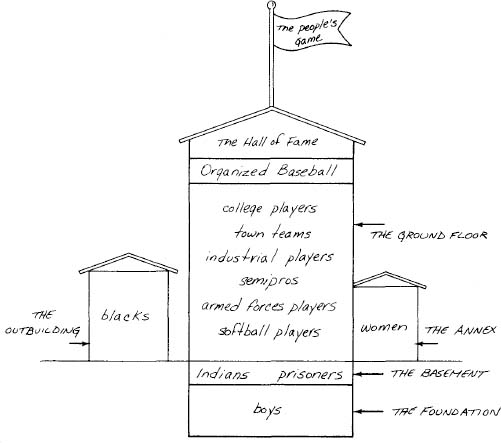
THE HOUSE OF BASEBALL BEFORE WORLD WAR TWO
CONTENTS

